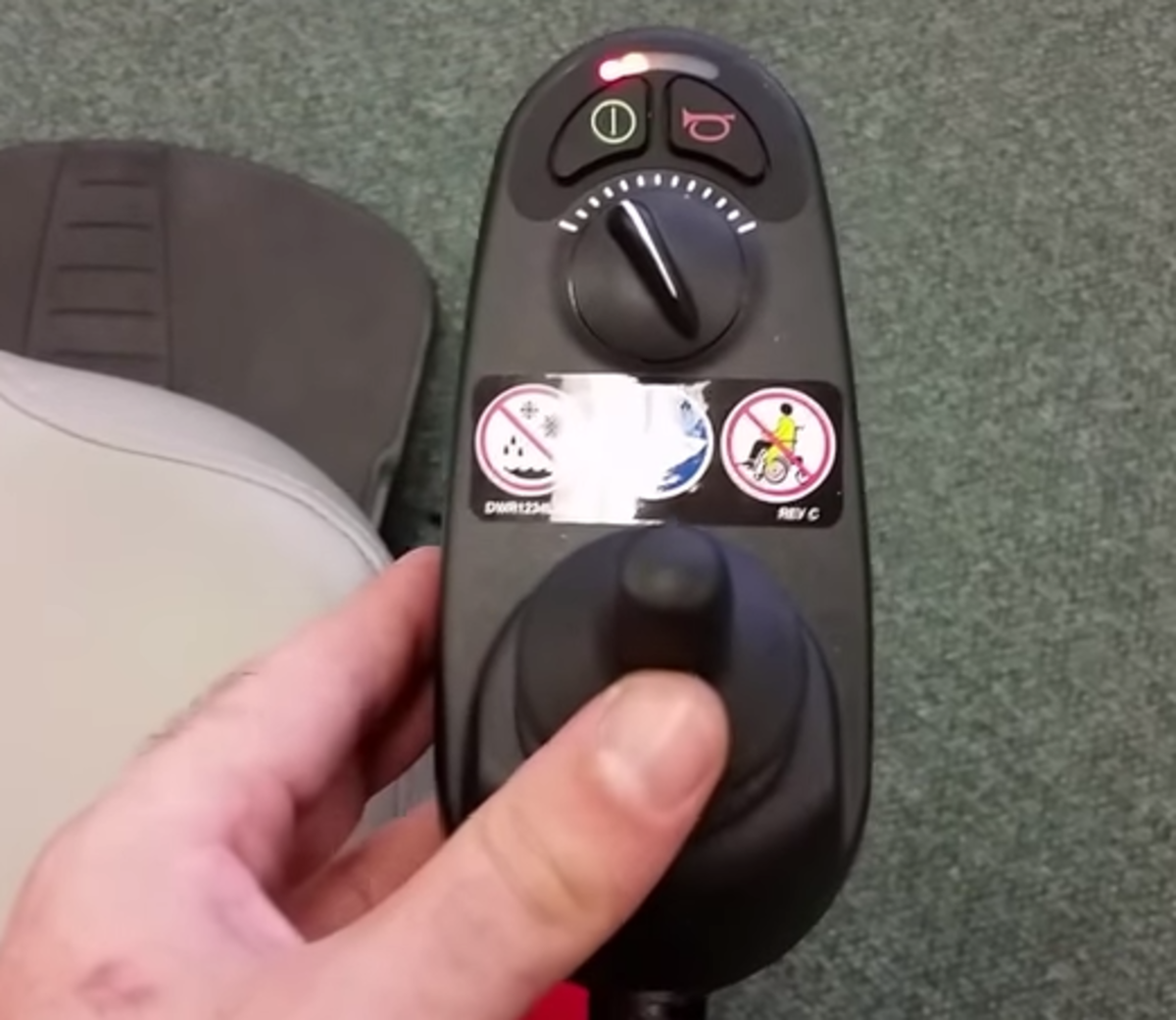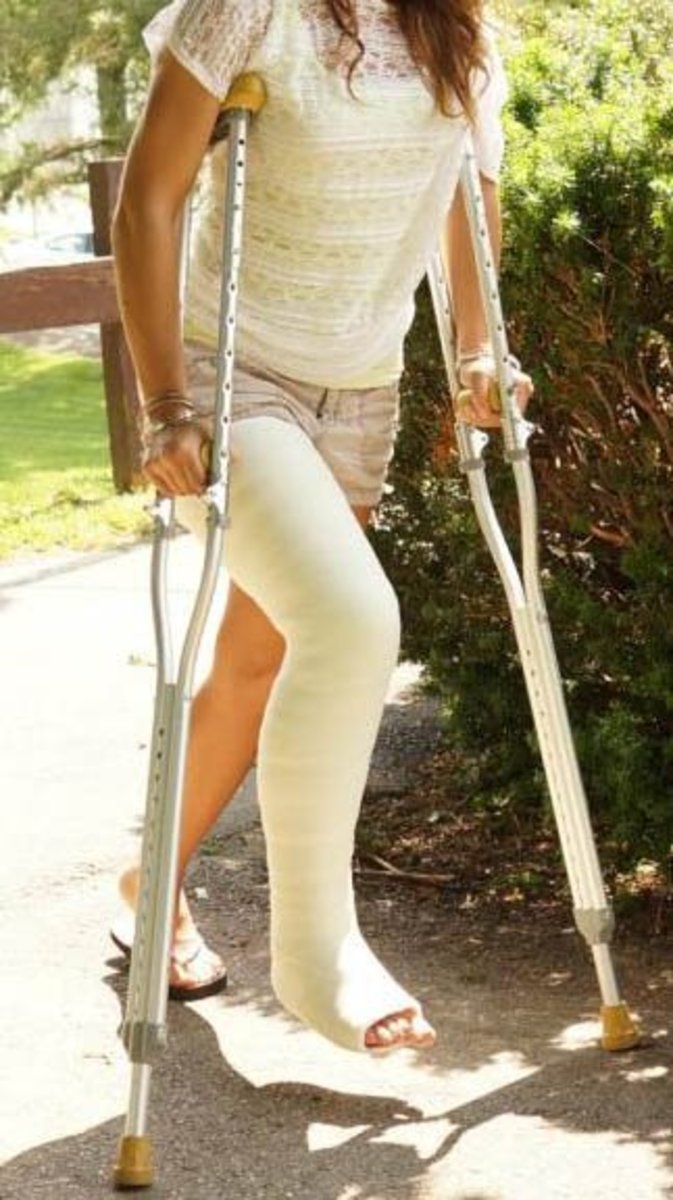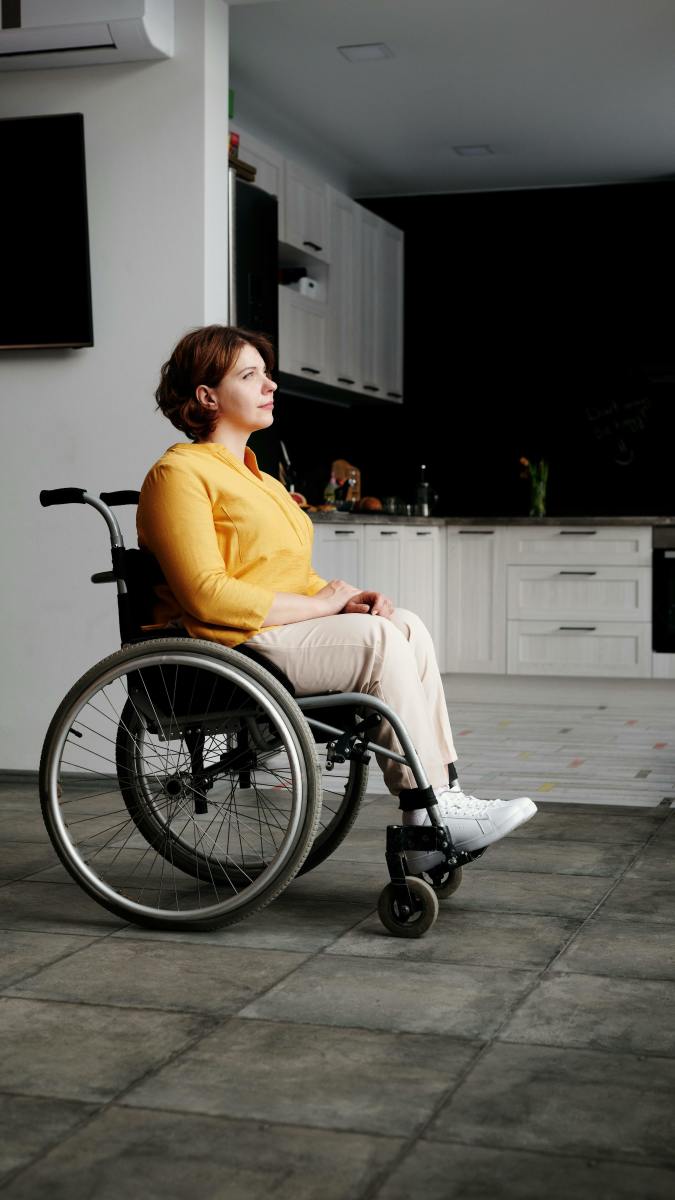Wheelchairs and Powered Chairs for Increased Independence
People with disabilities often have misconceptions about power mobility. What is power mobility? Electric or battery powered carts or scooters, or motorized wheelchairs are all forms of power mobility. What kind of misconceptions? People with disabilities sometimes equate wheelchairs or power mobility devices with the appearance of a greater state of physical disability. Sometimes they buy into the old adage, “If you don’t use it, you lose it.”
I worked with a woman about my age whose leg was amputated when she was a teenager. I’ll call her Shirley. She had cancer, so the eventual outcome, having her leg amputated high above her knee, happened in phases. By the time I met her, we were both in our early 40s. Shirley was the receptionist for our therapy clinic, and a delightful woman. Our clients loved her!
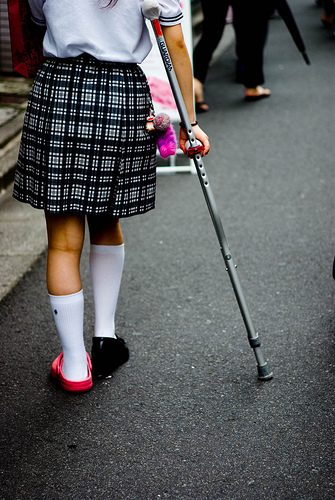
Shirley was an attractive woman, with beautiful thick long blond hair. She did not wear a prosthetic leg. Some would consider this an unusual choice for an attractive woman. She had tried prostheses over the years, but was never satisfied with the fit.
Shirley would park her car in a handicapped spot, but still a fair distance uphill from the hospital. She would use her crutches to make the walk to the emergency room entrance. At the entrance, she would get one of the hospital wheelchairs that was typically there, and push herself backwards using her remaining leg, to the elevator and then to our clinic. Within our clinic, Shirley used her crutches, or would hop for short distances.
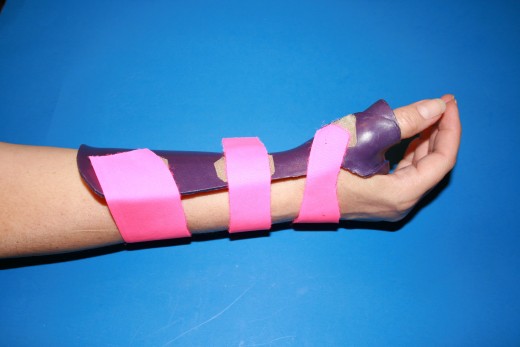
This system worked for Shirley for many years. Near the end of my three year assignment at this facility, Shirley started having episodes of pain to her left wrist and thumb, consistent with the sensory branch of the radial nerve. These episodes caused pain, both when using her crutches, and when conducting her administrative duties. In my assessment, this condition was caused and aggravated by the pressure of her crutch in her armpit.
I treated Shirley’s symptom of left wrist and thumb pain with a splint and ice. I spoke to her about addressing the cause of her pain, namely her crutch use. I told her I thought the time had come to increase the use of a wheelchair, or even a motorized wheelchair or cart, and decrease her crutch use. After all, she had been managing mainly on crutches, or by hopping for 30 years.
Shirley caught me totally off guard with her response! She said, “But I don’t want to lose my independence.” I was flabbergasted! I said, “Shirley, you hold down a full time job, own your own home, live alone, drive a car. You are independent!” Somehow Shirley had equated using a wheelchair with not being independent. This led to more conversation.
Wheelchair Athletes
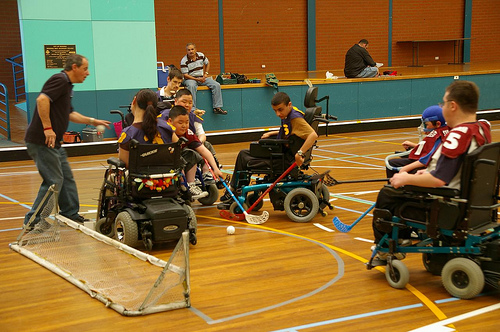
Plenty of handicapped individuals use wheelchairs when they or capable of using crutches, or walking, or use motorized wheelchairs or carts when they are capable of using a manual wheelchair. They do this to become more independent.
I’ve been a member of an interdisciplinary team that follows children with spina bifida. Many of these kids can ambulate with leg braces and crutches. As they get older, most of them will transition to a wheelchair, because walking is no longer efficient. They can’t keep up with their peers. Some continue to avoid the chair, and use crutches. I’m sure some of them think like Shirley. Unfortunately, for these kids and adults with spina bifida, this ambulation causes great stress to their knees and hips. On the other hand, it helps them keep their weight under control. It is common for people with spina bifida to become overweight. For this reason, many doctors are reluctant to give the green light to transition from a manual wheelchair to power mobility. This is where the team approach is a good one, to evaluate the benefits versus downside of transitioning to motorized wheelchairs, so that these kids and adults can keep pace with life’s demands.
People with spinal cord injuries face similar decisions. Often a person with a spinal cord injury will use a motorized wheelchair, even though they are physically capable of using a manual chair. They don’t do this because they are lazy. They do this to be more efficient with their energy reserves.
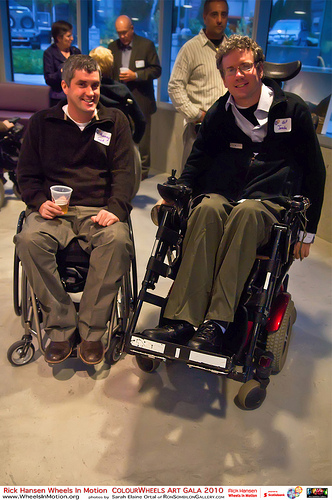
In my practice as an occupational therapist, I often use my model of the “energy allowance” principle. Imagine a one gallon pitcher on a table before you. What if I told you, “This is your energy allowance for the whole day. Use it wisely. And here’s the catch: Your physical, mental, and emotional energy all come out of that same pitcher.”
People with spinal cord injuries often choose motorized wheelchairs to preserve their physical energy, so that they can work part time. Or maybe so that they can work full time. Or maybe so that they can work full time and have a family. Sometimes you need to save on physical energy so that you have some allowance left over for intellectual or emotional pursuits.
I was able to make some headway with Shirley. I talked her into parking in one of the handicapped spots on the circle drive at the emergency room entrance. I also wrote a letter to her physical medicine and rehab doctor to revisit the issue of power mobility. The issue largely boils down to funding, and takes time. Unfortunately I moved on to my next assignment shortly after that. I hope that Shirley’s doctor was able to help her. And I hope that Shirley was able to make choices that are good for her body, but didn’t negatively impact her image of an independent woman. This is in part dependent on whether I was able to help Shirley embrace a new picture of what independence means.

